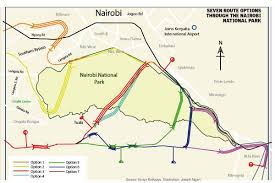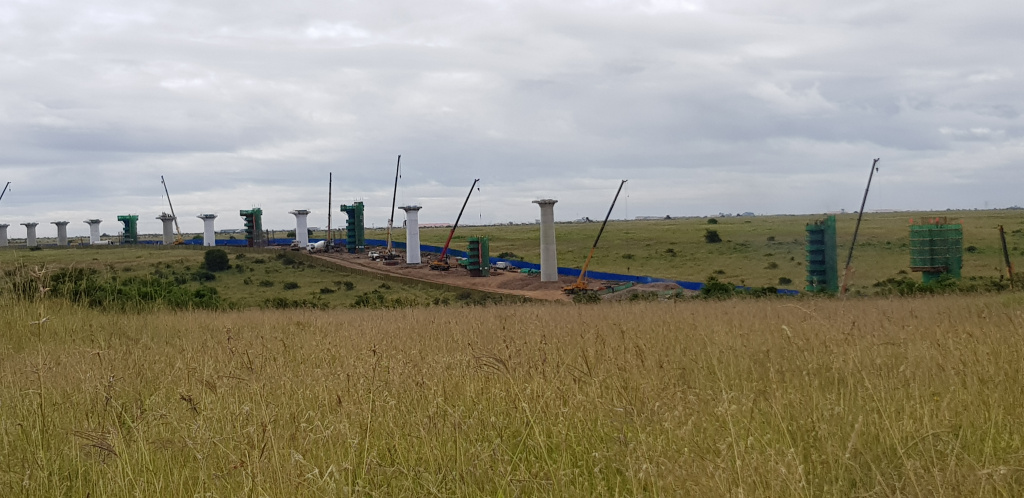This famous Kenyan national park was established in 1946. Except for elephant, the park is hosting lots of representatives of the species of the original African fauna, including black rhinoceros, lions, giraffes, hippos, leopards, buffaloes, wildebeests, zebras and a lot of species of antelopes like eland, impala and kongoni. An important portion of the park is now being devastated by the construction of a new railway corridor. There were seven variants of the new railway corridor through this national park. The corridor constitutes a part of a railway line connecting Mombasa and Nairobi and further to the west also the DRC. Despite the ecological impact assessment, the chosen variant is the one leading through the centre of the national park, in the total length of 11km. This variant inevitably destroys the landscape integrity of this small size national park (112km2). This construction is now before completion. Most of this railway was built on high pillars to respect the migration of mammals. Some other proposals preferred the other corridor on the boundary of the national park, but these were found very expensive due to high costs arising from compensations to the owners of the properties of the city. Of course, the construction through the state property of the national park was cheaper. In the longterm, such decision is wrong and shortsighed. It lacks adequate calculation of economic and ecological importance of this national park nested into the suburbs of a large city. It is not surprising that the investor of this project is Chinese government and the corridor is to connect Kenya with the Democratic Republic of Congo for obvious reasons, mining of mineral resources. Such deed is a pure example of the Chinese neocolonialism approach, which assists the local government in the devastation of one of the very important protected areas.

The Variants of Railway Corridors in NP Nairobi. The Final Central Design of Railway Corridor (Red or Green-Blue, Approx. 11,6km ) is Under Constrution (2019).

The Railway Under Construction in the Heart of the National Park Nairobi (2018). Photo taken by Frantisek Pelc
